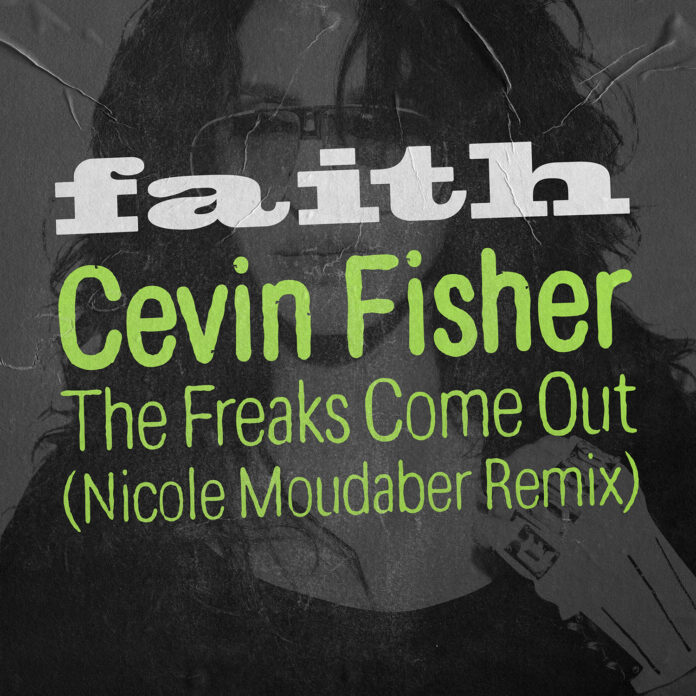For this tutorial, Point Blank show how you can sidechain your reverb sends in Ableton Live using a few simple techniques.
Sidechain compression is a ducking effect that can be used to separate different elements in your track. It usually works by one element being sidechained by another and cancelling out a certain sound or frequency. It’s a great tool to use if you’ve got clashing elements or frequencies in your track such as a kick drum and bass and can result in a much cleaner sounding mix.
In the video below, Point Blank’s expert lecturer Ali Jamieson shows exactly how this effect works and how it can create some interesting grooves within the breakdown of your track.
Want to learn more about music production and sound engineering, or DJing and music business? Then be sure to check out Point Blank’s courses in London, Los Angeles and Online. Plus, they’re currently offering 25% off their selected London, Online and Los Angeles courses until 31st August using the codes: LONDON25, ONLINE25 and LA25.
During the video, Ali runs through all the stock effects you’ll need to complete the process, including Reverb, EQ Eight, Compressor, Auto Pan and an Auto Filter. Using Ableton Live’s Reverb freeze function, you’re able to isolate a section of the reverb tail you want to turn into a solid block of sound. He then uses this technique, paired with an Auto Pan acting as an LFO tool, to create the sidechain compression “ducking” technique which is most popularly created using Ableton Live’s Glue Compressor.


